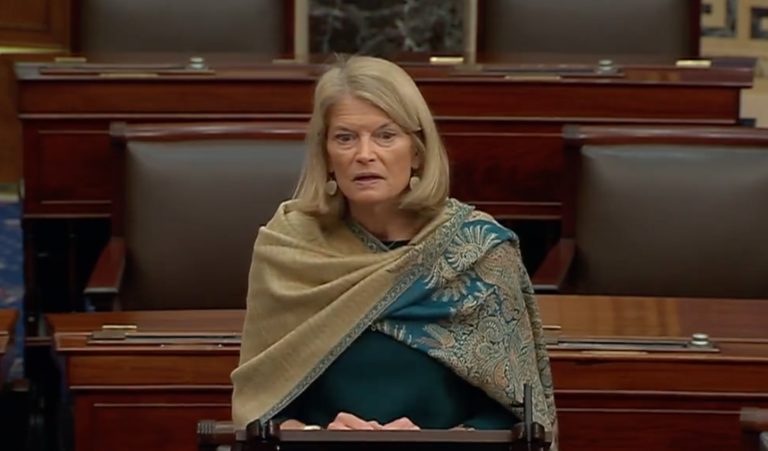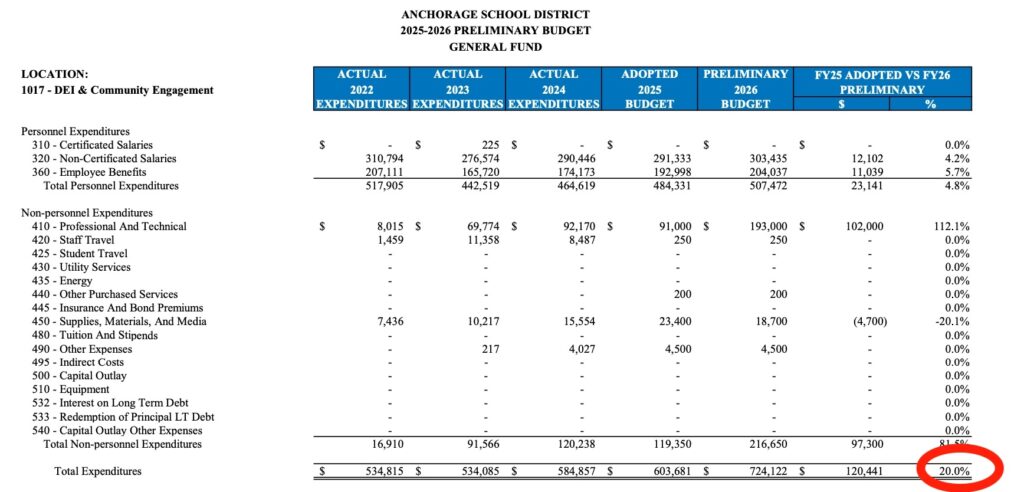Sen. Lisa Murowski is apparently not on board with DOGE — the Department of Government Efficiency.
On Friday she said dozens of Alaska — up to 100 federal workers — in Alaska lost their jobs due to the Trump Administration’s reduction-in-force of the federal workforce.
“Many of these abrupt terminations will do more harm than good, stunting opportunities in Alaska and leaving holes in our communities. We can’t realize our potential for responsible energy and mineral development if we can’t permit projects. We will be less prepared to manage summer wildfires if we can’t support those on the front lines. Our tourism economy will be damaged if we don’t maintain our world-class national parks and forests,” she wrote on X.
Not including military personnel, Alaska has 15,200 civilians in federal jobs. If Murkowski is right that there are up to 100 jobs that have been discontinued, that’s less than 1/2 of a percent.
“I share the administration’s goal of reducing the size of the federal government, but this approach is bringing confusion, anxiety, and now trauma to our civil servants—some of whom moved their families and packed up their whole lives to come here. Indiscriminate workforce cuts aren’t efficient and won’t fix the federal budget, but they will hurt good people who have answered the call to public service to do important work for our nation,” Murkowski said.
In fact, Murkowski has never made the size of the federal workforce an issue. Her history in the Senate has been dedicated to bringing more federal money and jobs to Alaska. President Trump is trying to reduce the $36 trillion national debt and cut government waste, fraud, and abuse. Murkowski has never mentioned these topics during her nearly two decades in the Senate.
“My staff and I are in close touch with agency and department officials, trying to get answers about the impact of these terminations. Our goal is to forestall unnecessary harm—for people and Alaska’s federal priorities—but the response so far has been evasive and inadequate,” Murkowski said.
Through a series of executive orders, federal workers have known this was coming. And it’s not the first time that a president has reduced the workforce due to budgetary constraints.
During the administration of Democrat Bill Clinton in the 1990s, Clinton eliminated 426,000 federal jobs in an effort to rein in spending.
The actual number of Alaska-based federal workers who have lost their jobs in this 2025 round of government job cuts is unclear, with Murkowski giving the only number that’s been revealed publicly, and she offered no documentation. But if it’s 100, it’s a drop in the bucket compared to the 10,000 federal workers across the country given their walking papers on Friday.
The Trump Administration has also offered buyouts to many federal workers; if they accept and leave, they’ll still get paid through September. Federal labor unions sued to stop the buyouts, but a judge has ruled the buyouts are legal.
Trump has also ordered that for every federal employee hired, four must be released, the same formula he used to reduce regulations during his first term in office.
The first tranche of federal employees that are being let go are still in their probationary period, not as protected by the federal workers’ unions as those who are entrenched in federal civil service.
In Alaska, the Sitka-based Alaska Outdoor Alliance, has used the mainstream media to object to the federal workforce reductions. That group, however, is funded by the Alaska Venture Fund, which gets its funding through a pipeline of money that starts with liberal billionaires George Soros and others, coming through dark-money network of Arabella Advisors and the New Venture Fund, which funds many liberal causes in Alaska.
The Alaska Outdoor Alliance, a group that is not transparent about its finances, is not to be confused with the Alaska Outdoor Council, which receives no funding from George Soros.











